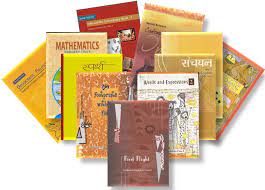The course, which focuses on the numerical solution of equations governing fluid flow, would interest aspiring and experienced engineers and scientists with a background in chemical, mechanical, civil, or aerospace engineering. All of these domains require a great lot of dealing with phenomena relating to fluid flow as well as the resolution of flow-related equipment and process aspects. Even though the equations controlling fluid flow were developed more than 150 years ago, it is only recently that these equations have been solved in real-world situations where the flow takes place. The fundamental methods that allow for the numerical solution of these equations are covered in this course.
The way CFD works
CFD Analysis has three phases:
- Pre-processing
During this stage, the issue statement is turned into a computer model that is idealized and discretized. Concerning the kind of flow that will be modeled, assumptions are made. Mesh generation and the application of initial- and boundary conditions are other processes involved.
- Solving
The solver is responsible for the actual calculations, which requires processing capacity. Various solvers can solve different physical phenomena with differing levels of effectiveness.
- Post-processing
In the post-processing stage, the results are finally seen and examined. At this point, the analyst can confirm the findings and develop inferences based on them. Examples of the results can be presented including still or moving images, graphs, or tables.
What you can learn from a CFD Course
Everybody follows the same CFD learning path. Although some students may have preexisting knowledge and skill sets and bypass a few obstacles, everyone follows the same course. Every single student must go through all of the necessary learning stages.
The final goal or type of work that one wishes to undertake also influences the learning route. The “CFD developer’s view” and the “CFD application engineer’s view” are the two basic perspectives for studying CFD. Writers of CFD-related computer programs and codes are known as CFD developers. The primary goal of a developer is to create CFD computer programs or code that may be utilized by him or others to do CFD analysis. The CFD application engineer is the one that analyses engineering issues using the programs, codes, and software that is currently accessible. CFD is a tool that application engineers use to analyze, create, and optimize engineering devices.
The learning curve for application engineers and CFD developers is similar. The first few learning milestones are a must and are needed for both parties. Later on, the developer begins to concentrate on numerical schemes, programming languages, and much more. In contrast, the application engineer begins to concentrate on learning various CFD software and applying it to various engineering challenges.
Conclusion
There are many CFD courses, for example, CFD analysis courses; make sure to check them all out and choose what’s the best for you. Doing the right course is important; the above article tells you what these courses usually consist of so you can get an idea of what to expect.














